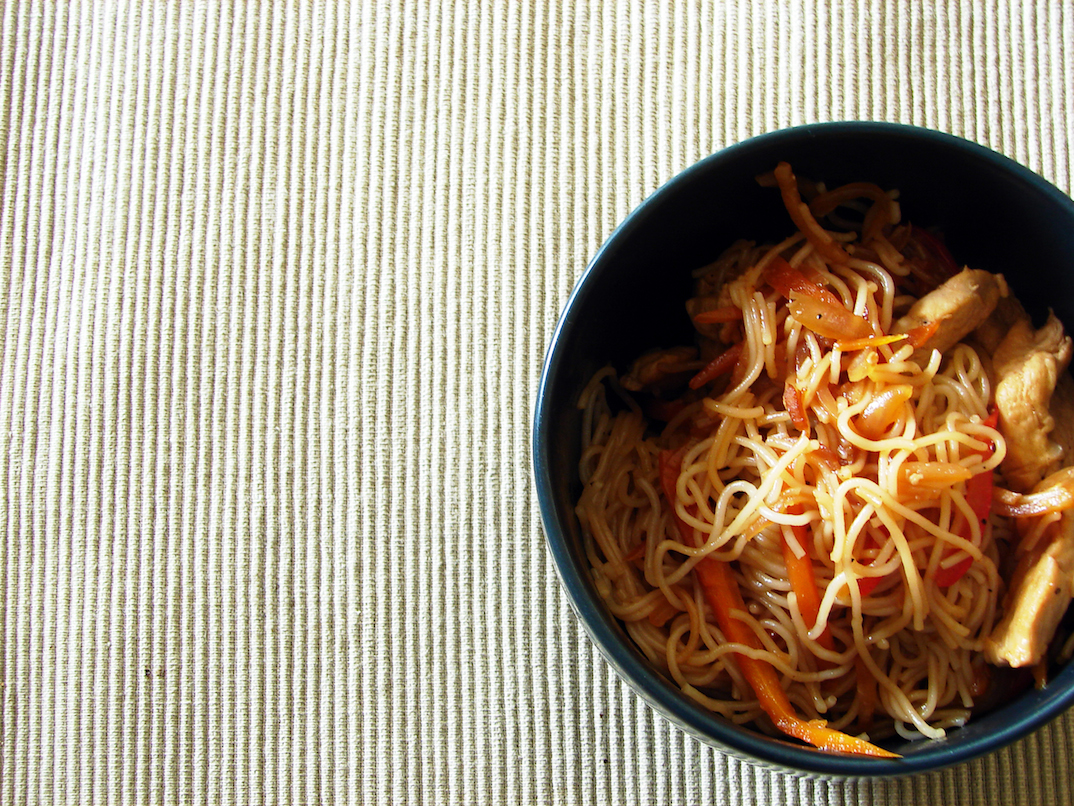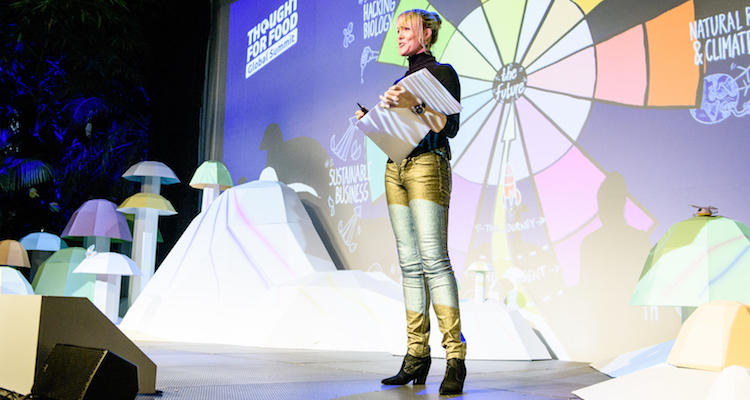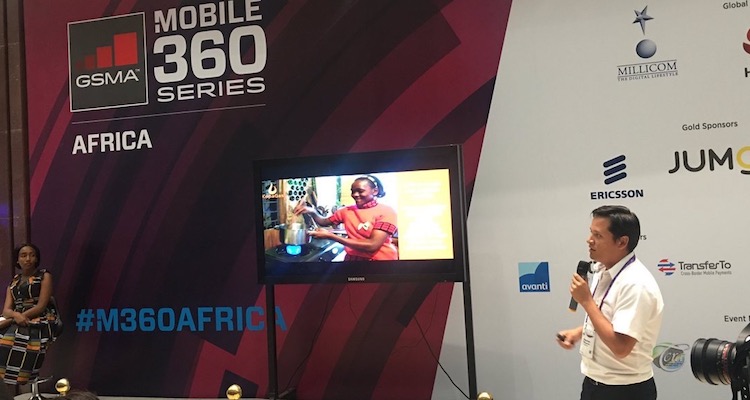Not everything about working in a new country has to do with the job! When Karishma traveled to Somalia, she didn’t even think about her vegetarian diet and whether it would be an issue finding something to eat. She quickly learned that the Somali diet was heavily meat-based and struggled to find enough to eat at each meal without offending her hosts.
I believe it was my first proper job just after graduating a long time ago. After convincing my family that is was ok for me to leave the conservative East African Indian nest again to head to Somaliland (this was no easy achievement, believe me), I headed off in a little plane to Hargeisa.
Somaliland is an un recognised self-declared de facto sovereign state that is internationally recognised as an autonomous region of Somalia. The government of Somaliland regards itself as the successor state to the British Somaliland protectorate, which was independent on 26 June 1960 as the State of Somaliland, before uniting with the Trust Territory of Somalia (the former Italian Somaliland) on 1 July 1960 to form the Somali Republic. The area is bordered by Ethiopia in the south and west, Djibouti in the northwest, the Gulf of Aden in the north, and the autonomous Puntland region of Somalia to the east.
The job at hand was to explore the issue of female genital cutting among refugee communities living in Somaliland and interview government, NGO personnel, religious and community leaders, then develop an analysis which would later inform policies and programming within the international NGO community. For a first-timer this was already challenging. I read anything and everything about Somalia and Somaliland, the issues at hand, NGO paperwork and more to prepare for the trip.
On my list of interviewees were top level politicians, clan leaders, elders and women’s representatives and on my agenda were field trips to Togdheer, an administrative region (gobolka) in northwestern Somalia, bordered by Ethiopia; Berbera along the southern shore of the Gulf of Aden; and other districts. This was exciting!
 Everything was in place when I arrived at the NGO guesthouse and I was greeted by friendly staff. As work proceeded I headed out to the field with a research team, slowly realizing that stop after stop, meal after meal, there was very little for me to eat. Somali meals were mainly meat driven and when a few vegetables were available (very few , and during that time limited to onnly tomatoes and onions outside of the bigger or more developed districts), they were cooked into a broth and served with meat.
Everything was in place when I arrived at the NGO guesthouse and I was greeted by friendly staff. As work proceeded I headed out to the field with a research team, slowly realizing that stop after stop, meal after meal, there was very little for me to eat. Somali meals were mainly meat driven and when a few vegetables were available (very few , and during that time limited to onnly tomatoes and onions outside of the bigger or more developed districts), they were cooked into a broth and served with meat.
In my excitement back in Kenya as I prepared for the trip I had not bothered to check what the food culture tended to be in Somaliland. For a period of about 7 days, meals were dominated by camel meat, goat, and lamb with spaghetti. Food was eaten together from one plate using a scooping action and it was considered rude to request a separate plate with only spaghetti, sauce and meat on the side please!
I was raised vegetarian and the habit remains. I admit I might secretly wish to drown myself in my husband’s chilly chicken wings but I didn’t really feel like joining in on the wonderfully prepared meals, and went back each night starving. My back up supplies consisted of a packet of Marie tea biscuits which my mother had stuffed into my pocket as I left Nairobi. I was thankful for those until I returned back to Hargeisa and headed straight into the big kitchen at the guesthouse to prepare myself a vegetarian meal!




